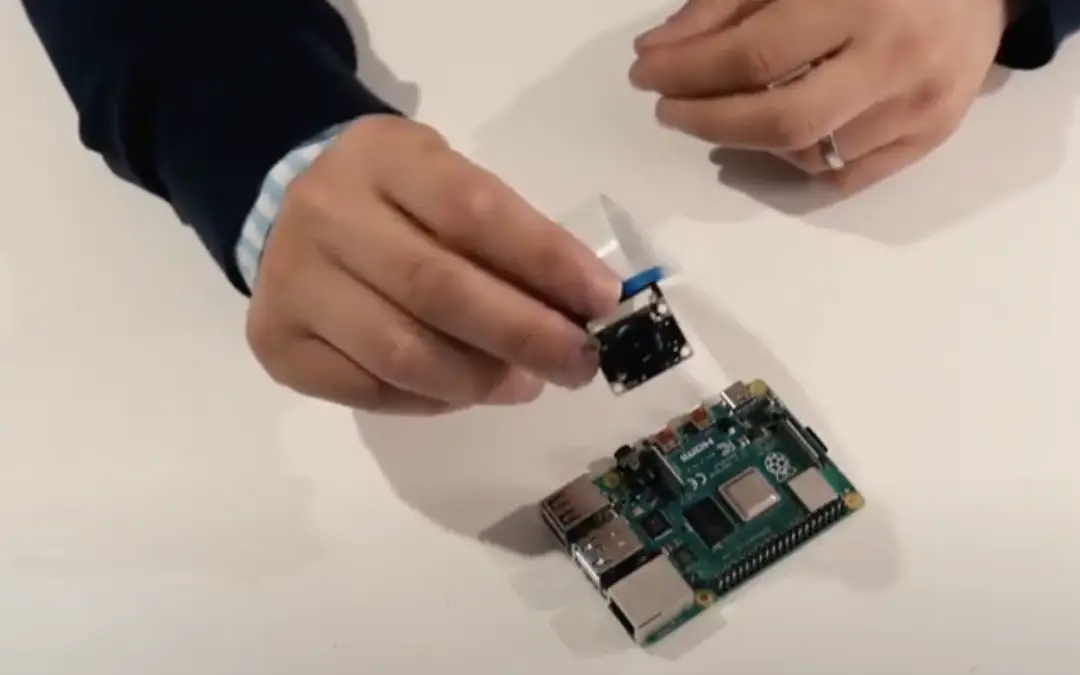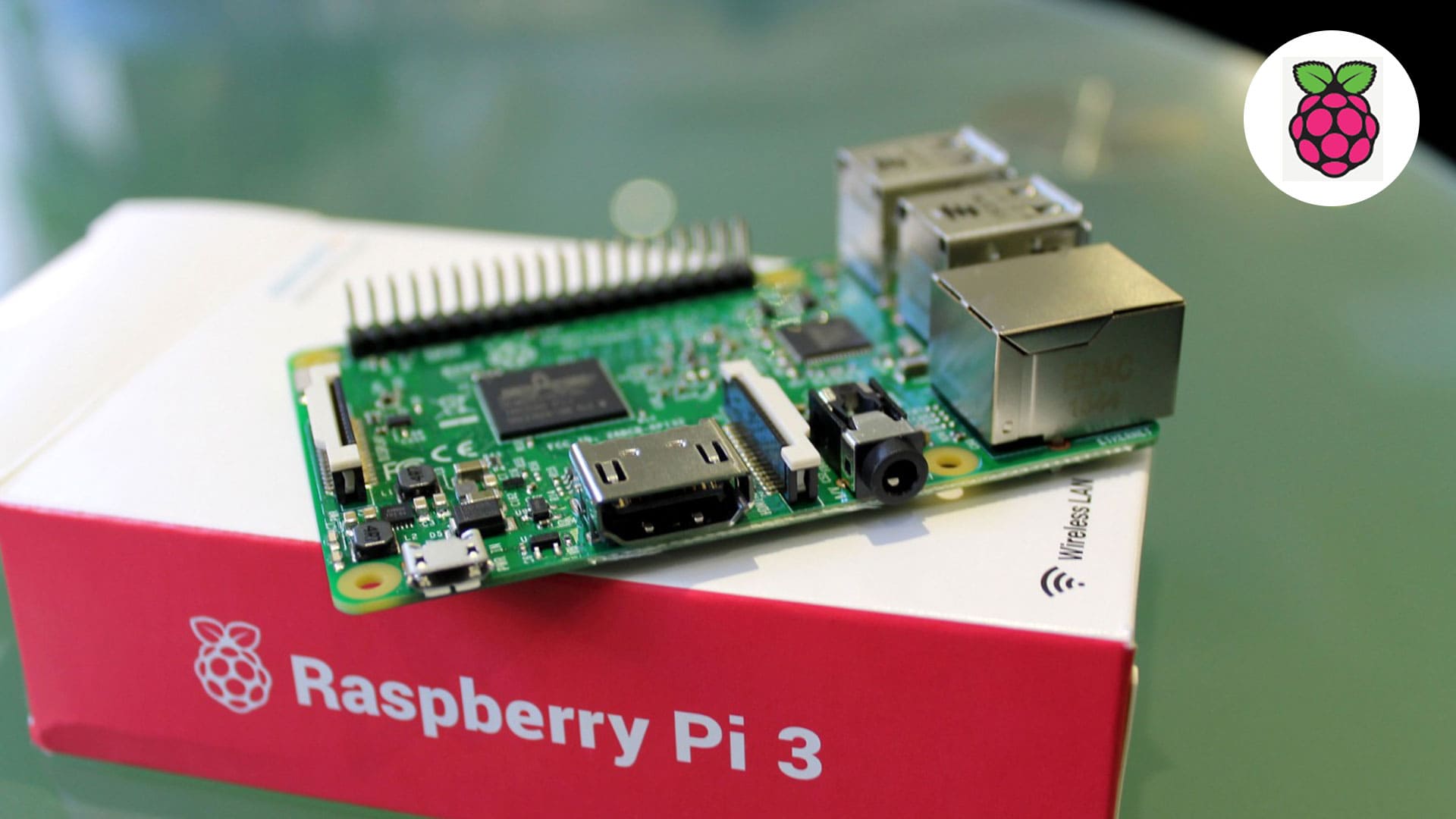

- CREATE SERVICES INSIDE RASPBERRY INSTALL
- CREATE SERVICES INSIDE RASPBERRY SOFTWARE
- CREATE SERVICES INSIDE RASPBERRY PASSWORD
- CREATE SERVICES INSIDE RASPBERRY MAC
These will also come in handy during the initial setup:

This is great for setting up your own remote digital workspace, or simply to have control over the hardware you use for development. In this article, I’m going to guide you through the process of setting it up as a home development server and deploying a full-stack JavaScript application that you can access from outside your network.
CREATE SERVICES INSIDE RASPBERRY SOFTWARE
You can now log into your cloud server as the administrator using the credentials you've just created.The Raspberry Pi is a little computer that you can get for as low as USD $5 and on which you can run many different types of software and build many different projects.
CREATE SERVICES INSIDE RASPBERRY PASSWORD
You're asked to enter the connection details of the database server, so just enter "localhost" as the host and "root" as the username, along with the password you configured when the database was pulled in along with OwnCloud. Then enter "/media/ owncloud/data" in the text box corresponding to the 'Data Folder' entry and select the 'MySQL/MariaDB' option in the 'Database' section. For this, click the 'Storage & Database' pull-down menu. Next, we need to ask OwnCloud to use the MySQL database and store files under the mounted USB drive. Because this is a brand new installation, you're asked to create a new user account for the OwnCloud administrator. Launch a web browser and navigate to the OwnCloud installation instance at '192.168.3.111/owncloud'. You're now all set to configure your cloud. That's all there is to installing the server components. Once the drive is mounted correctly, you can edit the 'fstab' file to make sure it's automatically mounted: The above command assumes your drive has a FAT32 filesystem and is mounted at '/dev/sda1'. $ sudo mount -t vfat -o umask=007,auto,uid=33,gid=33 / Now create a directory to mount this drive using: Make a note of the corresponding UUID, which looks something like '6154-F660'. The USB disk is probably mounted as '/dev/sda1' if you don't have any other USB disks attached. Plug the USB disk into the Raspberry Pi and enter "sudo blkid" in a terminal. Now that the server is set up and configured, it's time to prepare the storage medium. Then bring the cache online by restarting Apache with:
CREATE SERVICES INSIDE RASPBERRY INSTALL
Pull in the components with "sudo apt-get install php-apc" and then open APC's configuration file and add:Įxtension=apc.so apc.enabled=1 apc.shm_size=12M Optionally, on larger installations, you can also install the APC PHP accelerator to make the OwnCloud installation snappier. Look for the 'upload_max_fi lesize' and 'post_max_size variables' and change their value from '2M' to something like '1024M' or even '2G'. To do that, open the PHP configuration file, 'php.ini', housed under '/etc/php5/apache2', in a text editor. You have to tweak the configuration file of PHP if you wish to upload fi les that are greater than 2MB in size. You need to enable certain Apache modules.

In addition to installing the required components, the above command automatically confi gures the Apache web server to talk to the OwnCloud installation.

This also pulls in and sets up the MySQL database, and you're asked to set up a root password. Now install the OwnCloud server and all its required dependencies as follows: You can now refresh the repositories with: Isv:OwnCloud:community/Debian_7.0/Release.key Fire up a terminal and add the OwnCloud repositories with: Raspbian is based on the Debian OS, so we can pull in packages from OwnCloud's Debian repository. Here, we're assuming the Raspberry Pi is at 192.168.3.111 – change as appropriate.
CREATE SERVICES INSIDE RASPBERRY MAC
The easiest way to do this is to tie an IP address to your Raspberry Pi's unique MAC address in your router's admin page.


 0 kommentar(er)
0 kommentar(er)
